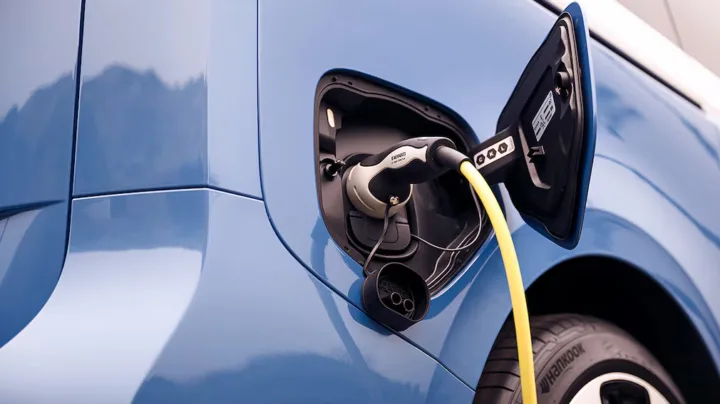ADAC: electric cars break down less than internal combustion cars
Electric cars also have faults – but according to ADAC, they are less common than conventional models with internal combustion engines. However, the most vulnerable component in both types of cars is the same burduf planetara febi, pret.

Consumers still have many reservations about electric cars. Currently, most potential customers are repelled by the high prices of electric cars - but for many, the limited range is an obstacle. And what about the issue of fault tolerance? As recent ADAC analyses show, on average, electric cars have fewer technical problems than conventional cars with an internal combustion engine - and yet, comparing the different types of drive is still not that easy.
Problem in the comparison: the average age of the fleet is higher than that of most electric vehicles
Overall, the number of electric car breakdowns has increased compared to the previous year. But the explanation is quite simple: there are more electric cars on the roads. It is not easy to compare the susceptibility of electric models to breakdowns with that of conventional ones due to the age of both types of vehicles. The ADAC explains, citing data from the Federal Office for Road Transport (KBA), that the average age of all cars registered in Germany is ten years. But “electric” cars are, by and large, significantly newer. So if you were to compare electric and internal combustion engine models based on the entire fleet, it would not be fair for conventional models, since the risk of a technical problem increases with age.
That is why ADAC only evaluates cars with initial registration from 2020 to 2022. The results show that while internal combustion engine models experienced 9.4 breakdowns per 1,000 cars, electric cars only recorded 3.8 breakdowns/1,000 cars – which is significantly lower.
Problem number one: the battery
The most common cause of failure in both types of drive is the same: the starter battery, i.e. the conventional battery. In 50 percent of failures in electric cars, it is the reason drivers call for assistance, while in conventional ICE models this percentage is 45. But if you compare the proportion of failures per 1,000 vehicles, in ICE models it is higher (1.2).
Which components in electric vehicles are damaged significantly less often?
The difference in failure rates is greatest for the components “engine, engine management, high-voltage system”: components in this group fail significantly more often in internal combustion engines than in electric models. According to ADAC, this is due to the much simpler design of the electric motor: while internal combustion engines consist of hundreds of parts such as pistons, valves and turbochargers, the electric unit often has only one moving part – the rotor. And the fewer parts there are, the lower the potential for wear. The automobile club also points out that electric cars do not need engine oil, which can accumulate contaminants over time that can damage the engine. In addition, electric motors generate less excess heat than internal combustion engines, which operate at high temperatures and are more prone to wear.
- 2025-12-14 - Hooray! Another 3 km of the Hemus Highway has been opened
- 2025-12-13 - Porsche has launched a special version of the 911 in honor of visionary designer Ferdinand Alexander Porsche
- 2025-12-12 - They are lifting the ban on internal combustion engines!
- 2025-12-11 - Volkswagen's unknown Mini, created half a century ago
- 2025-12-10 - SMZ-C3D: myths and facts about the legendary "Invalidka"
- 2025-12-09 - Renault 25: a sense of luxury from the 80s
- 2025-12-08 - Creative freedom in socialist Poland: the cross between Fiat 126P and Polonez
- 2025-12-06 - Toyota GR GT: Supra's bigger "brother" comes with a V8 engine
- 2025-12-05 - Opel OSV 40: the battle for safety began half a century ago
- 2025-12-04 - 60 years since the premiere of the first Opel GT












